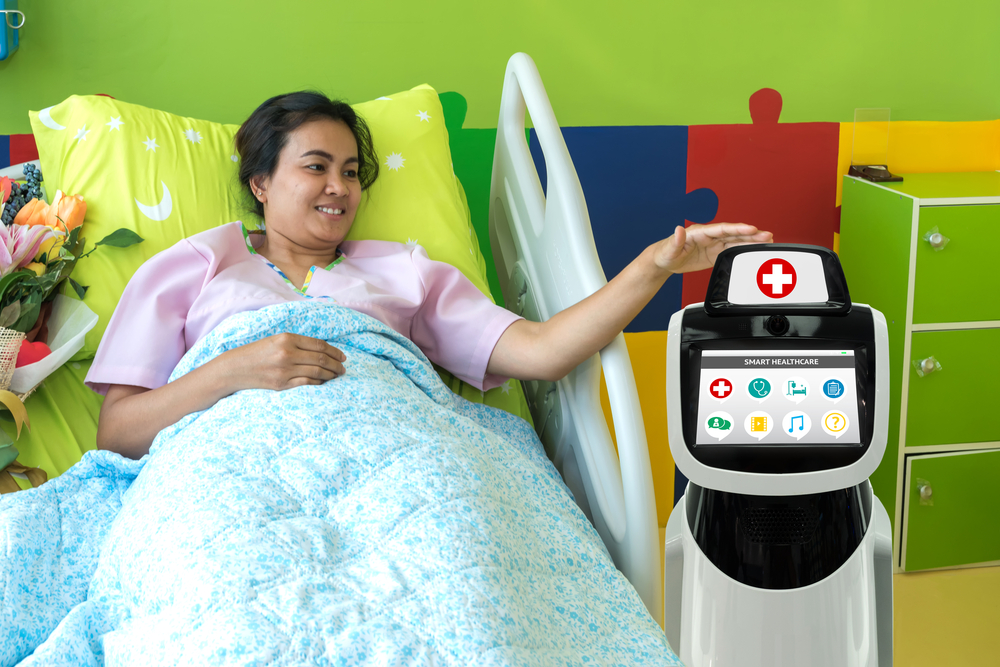


NORFOLK, VIRGINIA - The field of radiomics has recently experienced a marked growth. From only a handful of annual publications in 2015 the scholarly output increased prodigiously to over 1500 in 2020 alone.
Radiomics is diagnostic image feature extraction and analysis. An often-used pseudonym for radiomics is texture analysis, which is an oversimplification but an adequate analogy of the process for those first learning what the area of research is about.
The goal in radiomics is to discover features in medical images using algorithmic evaluation of pixel/voxel data that can give valuable and potentially actionable clinical insights. Sometimes this involves more precise and repeatable characterization of the features utilized by physicians and sometimes it involves finding features which are not apparent on human visual inspection alone. Shape, size, and margins are all traditional radiomic characteristics. These represent data points that radiologists can gather.
Radiomics can still provide value when used to analyze these features because of the pure quantitative evaluation. There is no inter or intra observer variability. But radiomics also offers the benefit of uncovering hidden features. This is where the analogy with texture analysis is most apt. Computer analysis of pixel level data can pick up on patterns that are not apparent to the human eye. Subtle differences in dynamic contrast enhancement, diffusion weighted imaging signal intensity, or radiotracer up take can be evaluated at a very granular level for patterns. These patterns can then be correlated with clinical or histopathological data to determine if the features have clinical relevance.
One example of machine learning (ML) and texture analysis use is that it can evaluate the myocardium on non-contrast MR series in lieu of late gadolinium enhancement (LGE). LGE is a vital component of myocardial evaluation in the se
The content herein is subject to copyright by The Yuan. All rights reserved. The content of the services is owned or licensed to The Yuan. Such content from The Yuan may be shared and reprinted but must clearly identify The Yuan as its original source. Content from a third-party copyright holder identified in the copyright notice contained in such third party’s content appearing in The Yuan must likewise be clearly labeled as such. Continue with Linkedin
Continue with Linkedin
 Continue with Google
Continue with Google









 5761 views
5761 views








